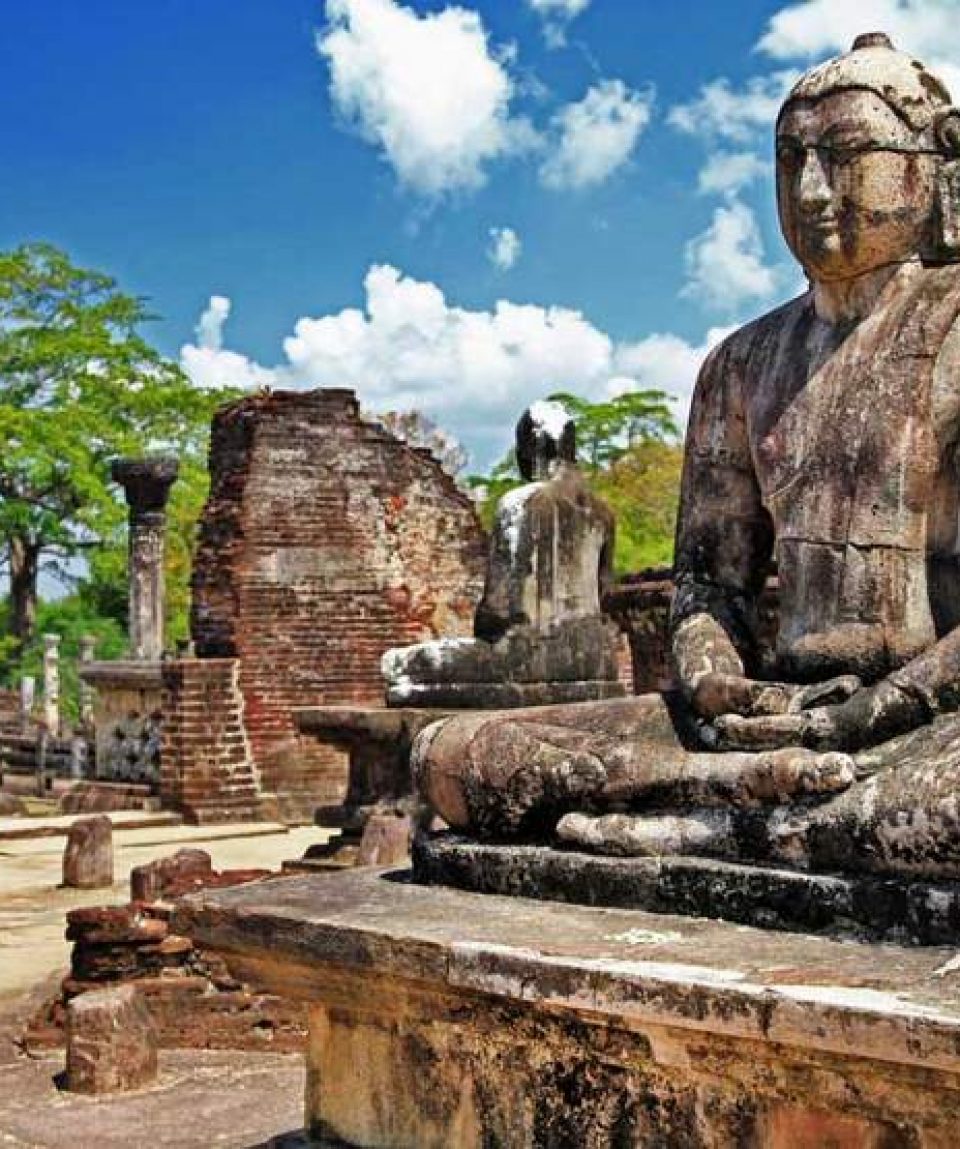Polonnaruwa Day Tour
fromKings ruled the central plains of Sri Lanka from Polonnaruwa 800 years ago, when it was a thriving commercial and religious centre. The glories of that age can be found in the archaeological treasures that still give a pretty good idea of how the city looked in its heyday. You’ll find the archaeological park a delight to explore, with hundreds of ancient structures – tombs and temples, statues and stupas – in a compact core. The Quadrangle alone is worth the trip.
-
Reviews 0 Reviews0/5
-
Vacation Style Holiday TypeDay Tours
-
Activity Level Leisurely
-
Group Size Large Group
Kings ruled the central plains of Sri Lanka from Polonnaruwa 800 years ago, when it was a thriving commercial and religious centre. The glories of that age can be found in the archaeological treasures that still give a pretty good idea of how the city looked in its heyday. You’ll find the archaeological park a delight to explore, with hundreds of ancient structures – tombs and temples, statues and stupas – in a compact core. The Quadrangle alone is worth the trip.
- Pick up from Kandy Hotel and transfer to Polonnaruwa – Approximately 3 1/2 Hours
- Visit Polonnaruwa, a UNESCO world heritage site. The second most ancient of Sri Lanka’s kingdoms which is now ruined and included many palaces and temples Gala Vihara, Lankatilaka, Polonnaruwa Ruins and Archaeological Museum
- Lunch at a recommended restaurant
- Archaeological Museum, Quadrangle, Rankot Vihara, Tivanka Image House and Thuparama Gedige
- Transfer to Kandy Hotel – Approximately 31/2 Hours
✓ All Transfers in Air Conditioned Private car
✓ English Speaking Chauffeur guide
✓ All Cost Relate to Car and Chauffeur
✓ No Hidden Cost
✓ Highway tolls
✓ Hotels/accommodation
* Dinner
* breakfast
o Meals Out Side of the Stated Meal Plan
o Expenses of PersonalNature
o Train Ticket
o Any Other Services not specified above
o Entrance Tickets for All Mentioned Excu


